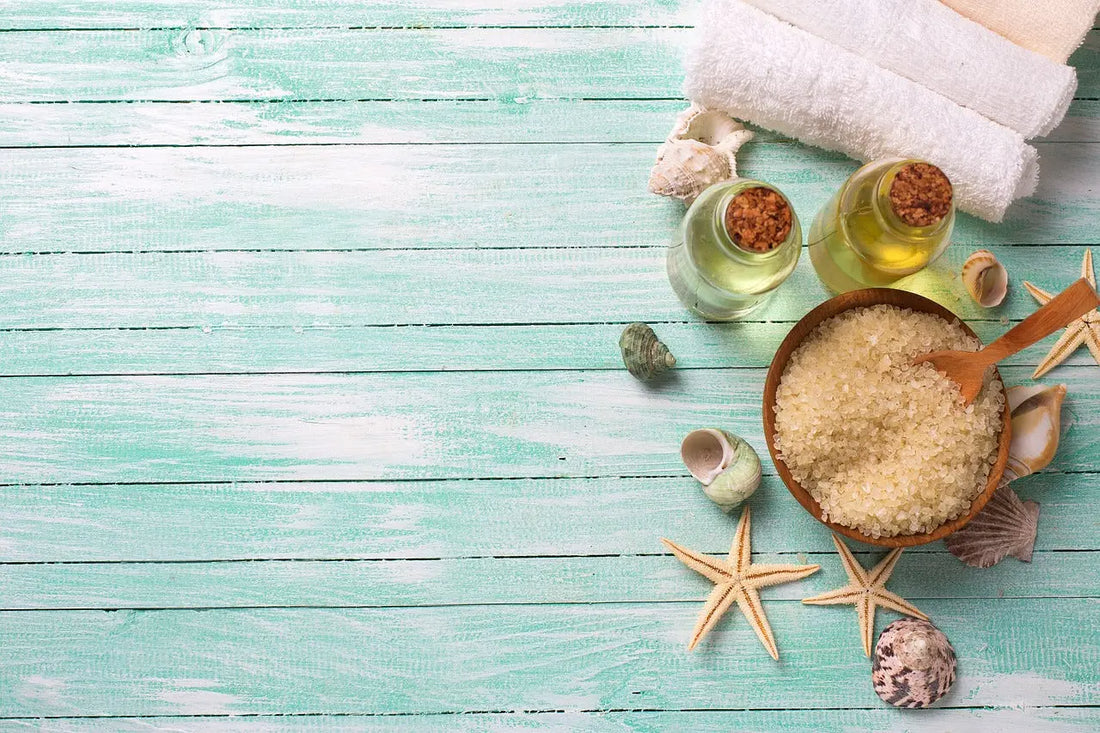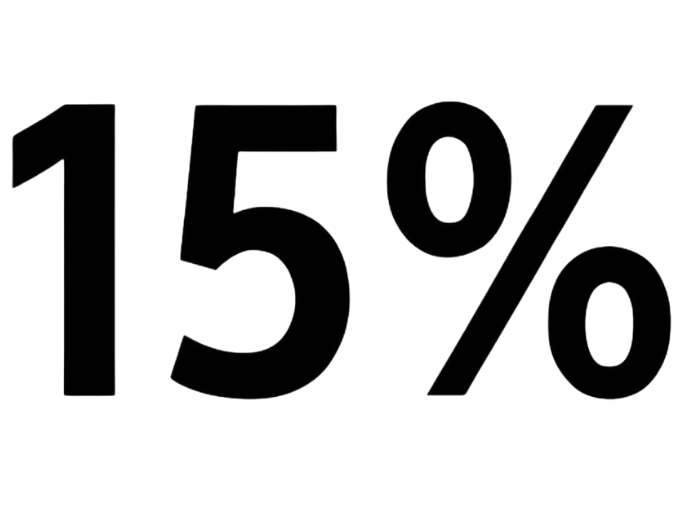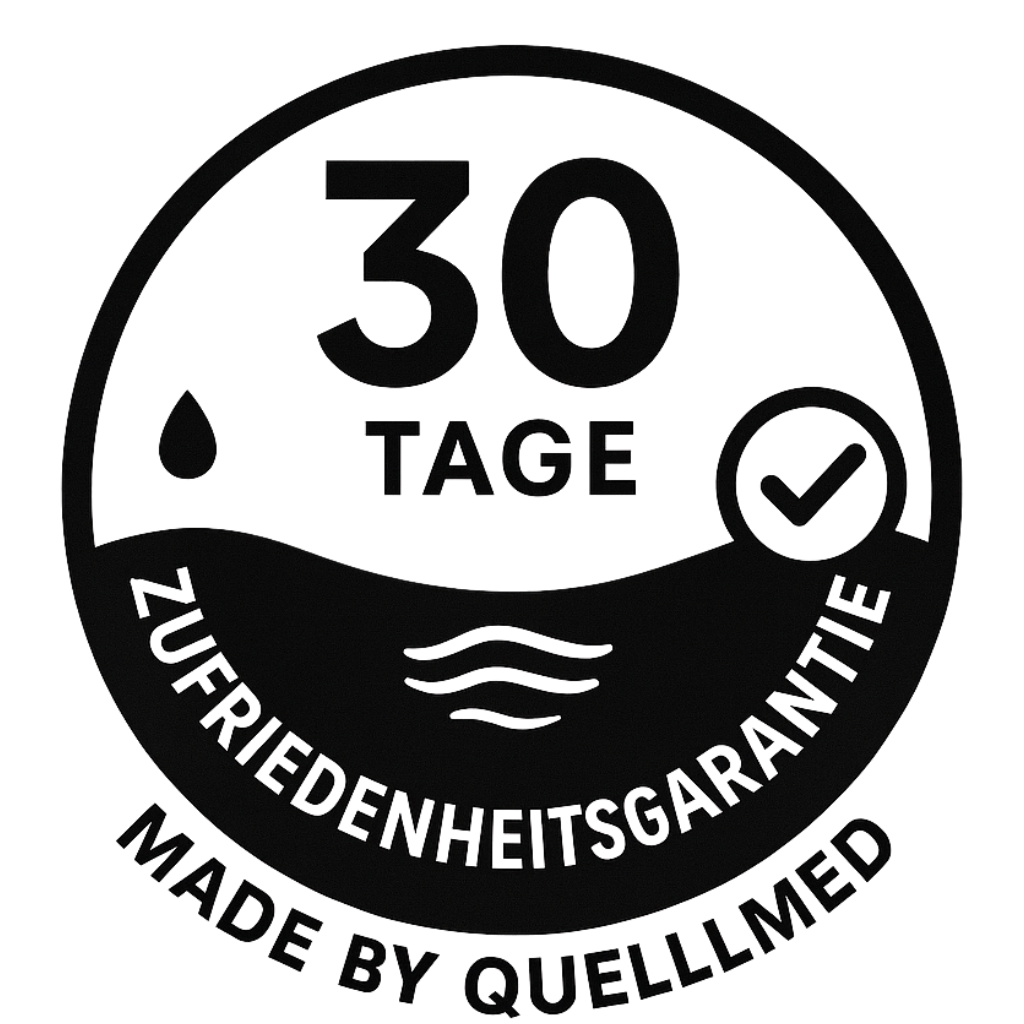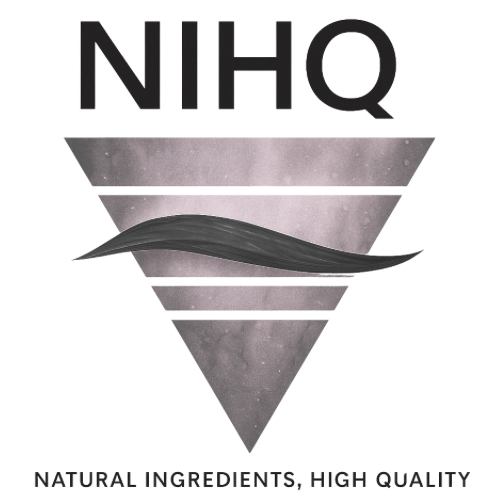
Minerals for the skin barrier – why the skin needs more protection now
Share
The skin is more than just a shell
Our skin is an active organ with diverse functions. It protects us from bacteria, viruses, environmental influences, and mechanical stimuli. To do this, it needs an intact skin barrier .
Especially now, as the warm season transitions into the cooler autumn, the sensitivity of this barrier becomes apparent. Many people notice the first signs: tight skin after showering, small flakes, redness, or even itching. The reason: The skin barrier is out of balance.
Minerals play an important role in stabilizing this balance. They work in the background but perform crucial functions for skin structure, regeneration, and protection.

The skin barrier – more than just a protective layer
The outermost layer of the skin, the stratum corneum , functions like a bulwark. It consists of horny cells (corneocytes) and lipids (fats). This interaction is often compared to a brick wall:
- Horn cells = stones
- Lipids = mortar
Only when both are intact does the skin barrier remain stable. It regulates water loss and protects against irritants, allergens, and microbes. If it is weakened, dryness, tightness, and inflammation develop.

How minerals support the skin
Minerals are involved in numerous metabolic processes. Particularly important for the skin are:
- Magnesium : Supports cell renewal, has a calming effect.
- Zinc : Accelerates wound healing, has antibacterial effects.
- Calcium : Promotes the maturation of skin cells.
- Silicon : Strengthens connective tissue and collagen.
- Potassium & Sodium : Regulate moisture balance.
- Iron & Copper : Important for oxygen supply and collagen stability.
Why skin suffers particularly in autumn
- Cool outside temperatures : Less sebum production → thinner fat layer.
- Dry heating air : More water loss.
- UV damage from summer : Skin needs time to regenerate.
- Sensitive skin : Neurodermatitis, psoriasis & allergies often worsen.

Mineral sources in everyday life
Nutrition
- Zinc : pumpkin seeds, oatmeal, lentils
- Magnesium : nuts, whole grains, green vegetables
- Calcium : kale, broccoli, mineral water
- Silicon : millet, oats, silicic acid plants
- Iron : legumes, spinach, red meat
A varied diet provides many of the necessary trace elements.
External use
Creams, lotions or sprays containing minerals also directly supply the skin and have a moisturising, regulating and soothing effect.
Tips for a strong skin barrier in autumn
- Gentle cleaning – no harsh soaps, no hot water.
- Regular care – preferably with minerals, hyaluronic acid or glycerin.
- Protection from the cold – richer creams for wind and weather.
- Increase humidity – e.g. with plants or humidifiers.
- Drink enough – supports the skin cells from within.
Conclusion

Minerals aren't miracle cures, but they are essential aids for a healthy skin barrier. In autumn, when skin is stressed by temperature changes, heated air, and UV damage, it's worth focusing on mineral-rich care—through nutrition and skincare products.
A stable skin barrier means less dryness, more elasticity, and stronger protection against environmental influences. Taking preventative measures now will benefit you all winter long.




